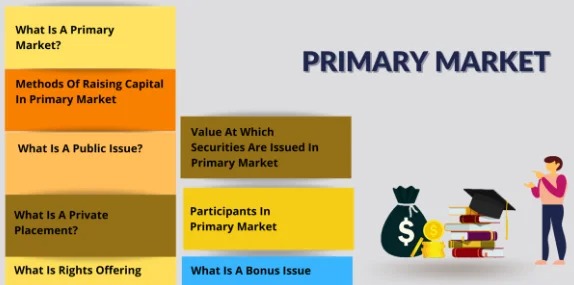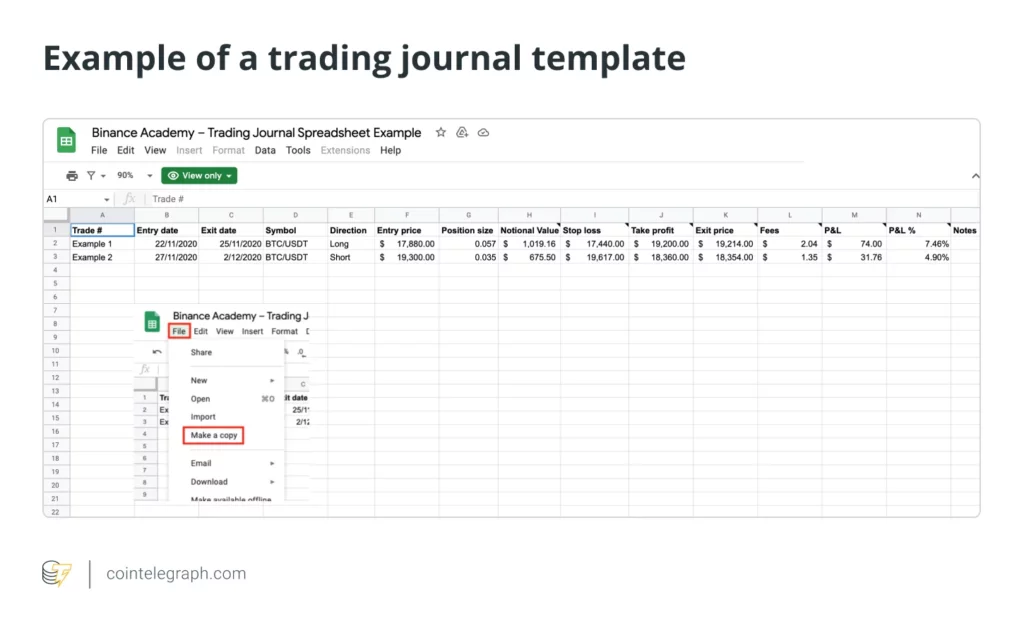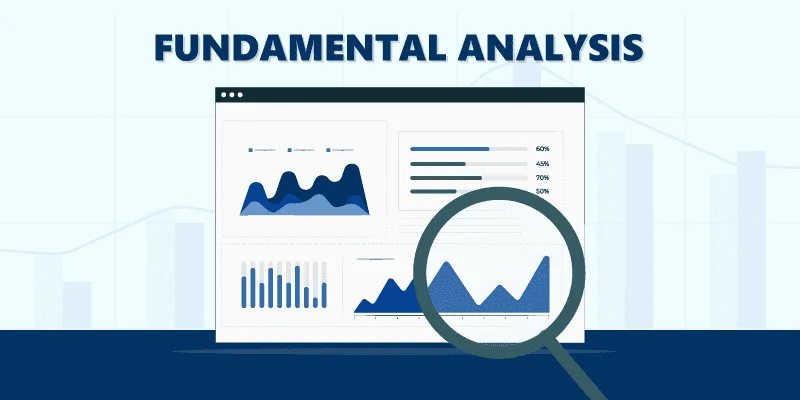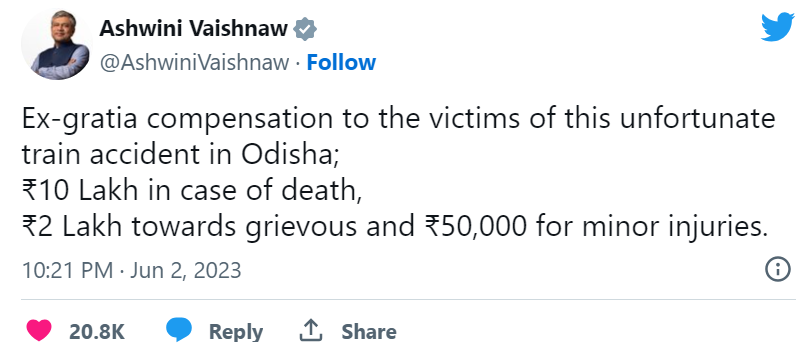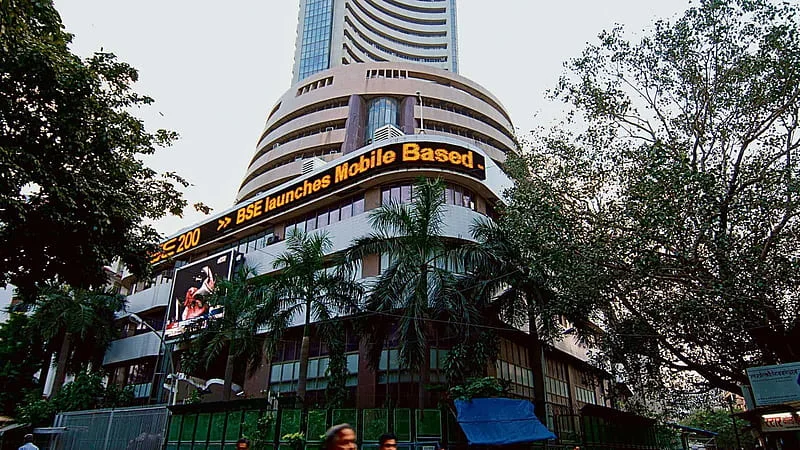1.Share Market Crash Course

Share Market Trading and Investment Crash Course
This brief course covers all the strategies required to excel in the share market. The research of numerous equities will benefit from this, assisting traders in making the greatest trades. Are you open to learning how to trade or make share market investments? Let’s be honest! YouTube does not have all information. The finest thing you can do for yourself is to find a mentor from whom you can learn. Spend money on yourself now!
You will be instructed by highly qualified mentors who are regarded as some of the best traders and mentors.
This share market trading course is perfect for you if you want to start trading share online to make additional money or if you want to make trading your secondary source of income (like our Traders).
Available Online & offline Batches
Morning Batch 10-12 PM ( Offline & Online)
Afternoon Batch 12-2 PM ( Offline & Online)
Evening Batch – 6-8 PM ( Offline & Online)
Late Evening Batch 8-10 PM ( Online )
Saturday and Sunday Batch ( ( Offline & Online)
In this Share Market Crash Course
You’ll pick up share trading skills. It serves as training for both newcomers and beginners.
Risk and money management are the two key components of trading.
Anyone may become an expert investor in the share market, and those who truly understand the underlying concepts and recommended procedures will be able to achieve even their most difficult financial goals and lead the life of their dreams.
Unfortunately, many consumers do not have access to essential learning resources and industry best practice’s that could mean the difference between successful and unsuccessful share trading.
YOU WILL LEARN HOW TO BE A SUCCESSFUL STOCK TRADER AND INVESTOR FROM THE COMPLETE COURSE.
Fees structure
One- time: ₹17,000
In Installments: ₹18,000
( FEES MAY VARY FROM LOCATION TO LOCATION)
Language: English&Hindi
Difficulty: Beginner
2.About Financial Derivatives (Options & Futures) Course

Introduction to financial derivatives analysis course
First off, this introductory course on derivative analysis will teach you the foundations. Additionally, You’ll be able to distinguish between them. It is obvious that there are forward, futures, options, and swaps contracts. Excel is also used to calculate gains and losses for different contract types.
You’ll also have a basic understanding of derivative contracts by the end of this course. Again, you’ll need to move on to more complicated subjects like pricing derivatives. dealing in the futures market is also included.
Available Online & offline Batches
Morning Batch 10-12 PM ( Offline & Online)
Afternoon Batch 12-2 PM ( Offline & Online)
Evening Batch – 6-8 PM ( Offline & Online)
Late Evening Batch 8-10 PM ( Online )
Saturday and Sunday Batch ( ( Offline & Online)
Language: English & Hindi
Time Duration: 1.5 Months
Fees structure : ₹17,000
( FEES MAY VARY FROM LOCATION TO LOCATION)
3.Technical Analysis Course

BEST SELLING COURSE
About Technical Analysis Course
In share trading, technical analysis is one of the most crucial components. It alludes to the forecasting of expected price fluctuations based on historical patterns. Although. The “backbone” of stock market trading is frequently referred to as technical analysis. It is intended for those who are just beginning their exploration of charts and technical analysis.
Every trader who uses technical analysis had no prior knowledge of anything. There is information available on numerous websites that should be used, but it’s crucial that we maintain organization to avoid getting overwhelmed and that we can focus and apply our knowledge to what’s most important.
In addition, technical analysis emphasizes the study of price and volume as opposed to fundamental analysis, which focuses on other factors. Additionally, fundamental analysis seeks to determine a security’s value based on financial results like sales and earnings.
Available Online & offline Batches
Morning Batch 10-12 PM ( Offline & Online)
Afternoon Batch 12-2 PM ( Offline & Online)
Evening Batch – 6-8 PM ( Offline & Online)
Late Evening Batch 8-10 PM ( Online )
Saturday and Sunday Batch ( ( Offline & Online)
Language: English & Hindi
Time Duration: 2 Weeks
Fees structure : ₹19,000
( FEES MAY VARY FROM LOCATION TO LOCATION)
4.Fundamental Analysis Course
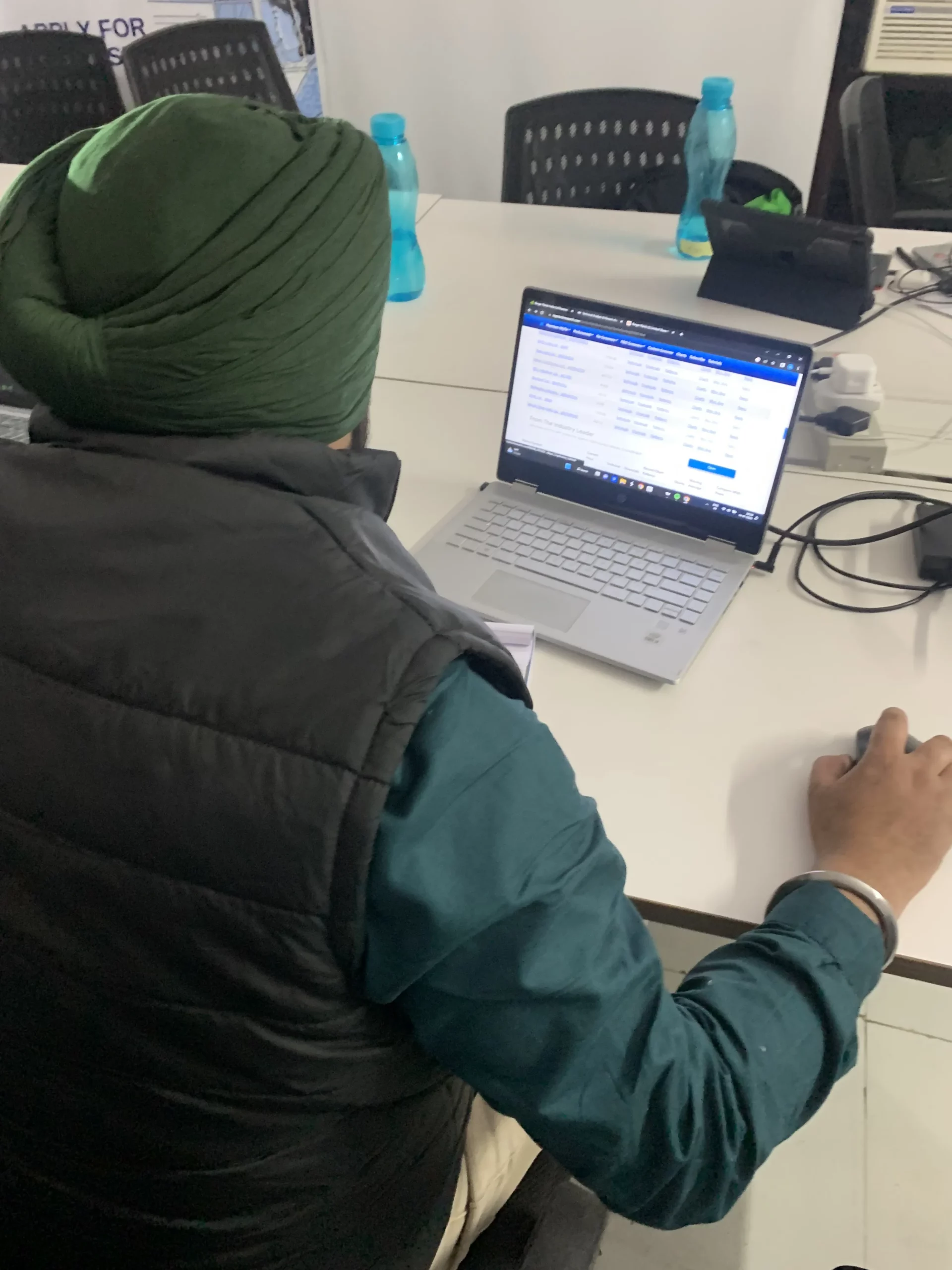
About Fundamental analysis Course
Fundamental analysis is a technique for calculating a security’s fundamental worth. Analysis of several macroeconomic and microeconomic aspects of accounting and finance is also important. However, the ultimate goal of fundamental analysis is to ascertain a security’s intrinsic value. On the other hand, to help with investing decisions, the intrinsic value of the security can then be compared to its current market price.
A number that can be compared to the current price of a securities is the final goal of this fundamental analysis course. Consequently, to ascertain whether it is overvalued or undervalued.
By examining historical market data, technical analysis predicts the course of prices. Price and volume are thought to be in opposition to this share analysis methodology.
Available Online & offline Batches
Morning Batch 10-12 PM ( Offline & Online)
Afternoon Batch 12-2 PM ( Offline & Online)
Evening Batch – 6-8 PM ( Offline & Online)
Late Evening Batch 8-10 PM ( Online )
Saturday and Sunday Batch ( ( Offline & Online)
Language: English & Hindi
Time Duration:1.5 Months
Fees structure : ₹17,000
( FEES MAY VARY FROM LOCATION TO LOCATION)
5.Shark Trade Course

SHARK TRADER– SHARE MARKET COURSES
Share market: The Shark Trader 5 distinct modules make up the course. Derivative analysis, technical analysis, share market psychology, and share market fundamentals. Only 10% of this training is theoretical and 90% is practical.
Recommended for Beginners.
YOU WILL LEARN HOW TO BE A SUCCESSFUL STOCK INVESTOR FROM THE SHARK TRADER COURSE.
The course’s in-depth, advanced material can help you trade effectively and with confidence. In addition to learning how to test and refine your own trading strategy, you will obtain a complete grasp of what makes an effective trading strategy.
Both intermediate and advanced topics are covered in this course. You’ll leave with a new, less purely theoretical approach to data analysis.
Available Online & offline Batches
Morning Batch 10-12 PM ( Offline & Online)
Afternoon Batch 12-2 PM ( Offline & Online)
Evening Batch – 6-8 PM ( Offline & Online)
Late Evening Batch 8-10 PM ( Online )
Saturday and Sunday Batch ( ( Offline & Online)
Language: English & Hindi
Time Duration:3Months
Difficulty:Beginner
Fees structure :
,One- time: ₹37,000
In Installments: ₹42,000
( FEES MAY VARY FROM LOCATION TO LOCATION)
6.Sharks Trade Pro

Most Valuable Share Market Trading Course – Shark Trader PRO
SHARK TRADER PRO – TRADING & INVESTING
There are 5 modules total in this course. Share market Psychology, technical analysis, fundamental analysis, derivative analysis, and share market basics. Only 20% of this training is theoretical; the other 80% is practical.
In this course, you’ll learn how to trade stocks. It is a training programmer for both novice and experienced market participants. The two most important elements of trading are risk and money management.
Anyone can learn how to invest in the share market, and those who do so successfully will be able to meet even their most challenging financial objectives and lead the life they want. Unfortunately, a lot of consumers lack access to vital educational materials and industry best practice’s that could spell the difference between share trading success and failure.
Available Online & offline Batches
Morning Batch 10-12 PM ( Offline & Online)
Afternoon Batch 12-2 PM ( Offline & Online)
Evening Batch – 6-8 PM ( Offline & Online)
Late Evening Batch 8-10 PM ( Online )
Saturday and Sunday Batch ( ( Offline & Online)
Language: English&Hindi
Time Duration :6Month
Difficulty:Intermediate
Fees structure:
One- time:₹49,900
In Installments:₹55,500
( FEES MAY VARY FROM LOCATION TO LOCATION)
FOLLOW OUR PAGE ON INSTAGRAM: https://www.instagram.com/learningsharks/


